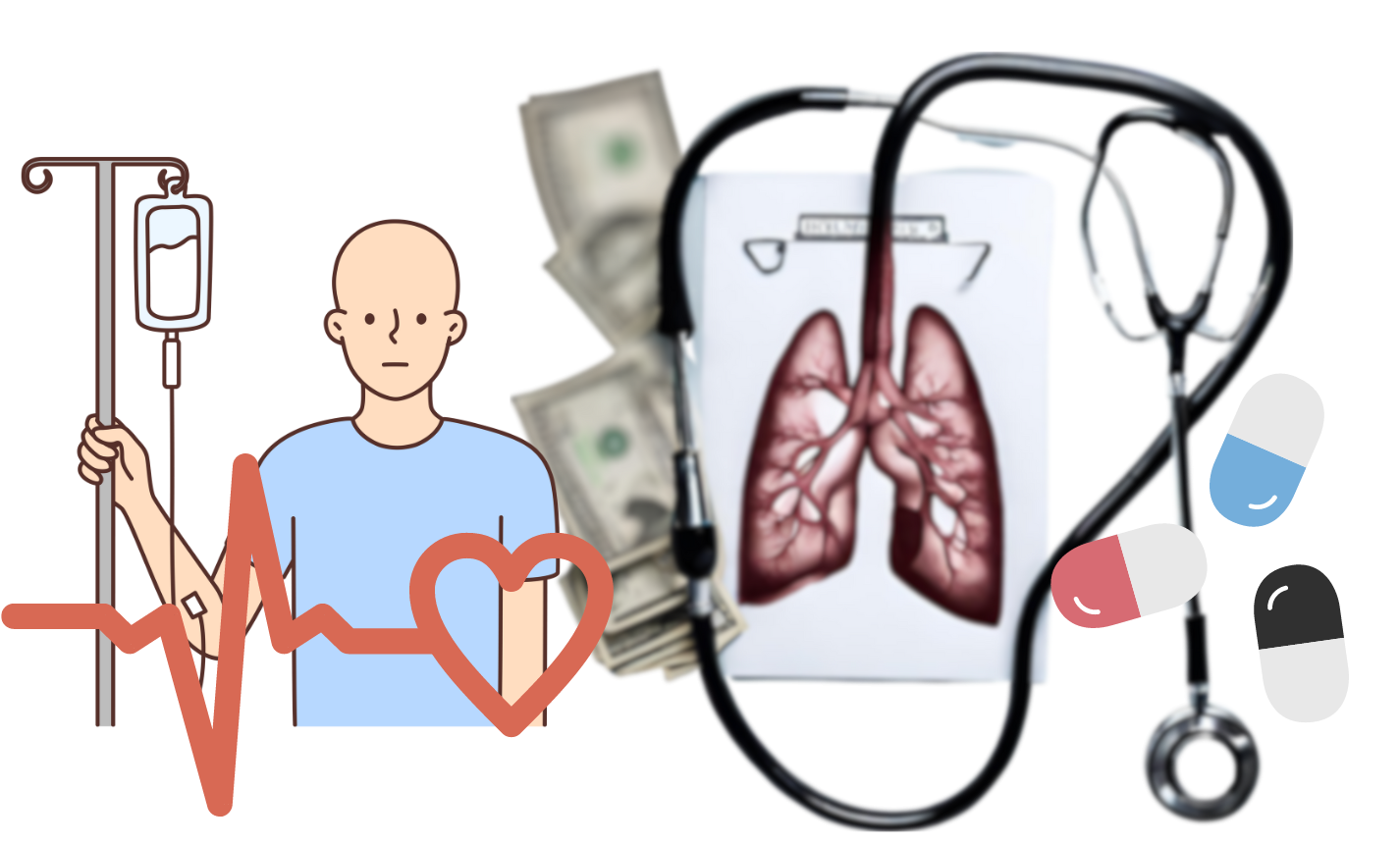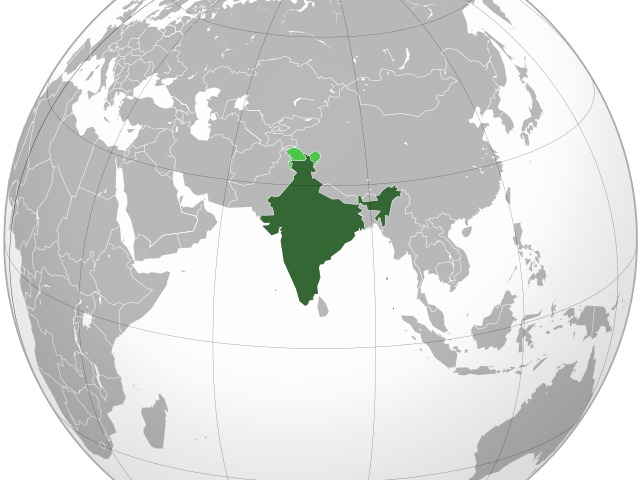In a recent article published in JAMA Oncology (JAMA Oncol. 2023;9(4):465-472; researcher Simiao Chen and the team have estimated that the global annual burden of 29 cancers in 204 countries between 2020 and 2050 will be $25.2 Trillion International Dollars (at constant 2017 prices). Chen and his research team have used a decision analytical model that incorporates economic feedback to assess health outcomes associated with the labor force and investment to provide us with a succinct yet comprehensive overview of the global burden of cancer. Understanding the economic burden of cancer will enable policymakers to enact policies, build healthcare systems and allocate resources appropriately to help curb the cancer burden.
As the world population is getting older, chronic illnesses are on the rise. Cancer, also known as our century’s defining illness, the emperor of all maladies, has created a significant economic burden through massive impact on morbidity and mortality. The study of such a complex and multi-dimensional correlation requires a structured model: Chen et al. used a health-augmented macroeconomic model to estimate the cost of cancers. During the statistical analysis of the study, a comparison was made between Gross Domestic Product (GDP) across two scenarios: a) a status quo scenario with no interventions to reduce mortality and morbidity of cancers relative to current and projected rates and b) a counterfactual scenario assuming the complete elimination of cancers. As a result, the macroeconomic cost of cancers was calculated as the cumulative difference in projected annual GDP between the two scenarios.
The determinants of the economic burden of cancer are multifaceted: it can vary across parameters like country of residence, cancer type, region and income group. Because of stark variations in cancer morphology, genomics and treatment modalities, an uneven economic burden exists across cancer types. The five cancers with the highest economic costs in decreasing order are tracheal, bronchus, and lung cancer; colon and rectum cancer; breast cancer; liver cancer; and leukemia. Despite three-quarters of cancer deaths occurring in low and middle-income countries, the economic burden is skewed towards high-income nations which is attributed to the high cost of prevention, investigation and treatment in the latter. According to the study, the highest-burden is faced by China (due to the enormous absolute disease burden) and by the U.S. (due to the high cost of cancer care and treatment).
In an editorial piece attached to the original study, Dr. Gilberto Lopes from Sylvester Comprehensive Cancer Center, Miami, points out a few limitations that he states “do not hinder the main findings of the study.” Extrapolations and assumptions had to be made where data were unavailable or unclear, including cancer-related health expenditures and projections of labor force participation rate, and health data such as mortality and morbidity in specific situations. Such a gap in the data set calls for a detailed registry of cancer risk factors and health outcomes. However, an achievement worth mentioning is that the authors have tried to shine a light on the indirect economic burden due to cancer, i.e., human resource limitation resulting in a productivity loss of the country (analysis of such a factor is the first of its kind).
The economic burden of cancer varies across dimensions; thus, it warrants that policies be tailored accordingly. While High-Income Countries are focusing on diet modification, exercise and a decrease in the level of chemical exposure, Low and Middle-Income Countries should enact cost-effective public health policies for the early detection and prevention of cancer. When we are dealing with a disease as financially toxic as cancer, judicious use of insight is needed since there is a dire need for patient-centered policies. Thus, the government, hospitals, pharmaceutical companies and academic institutions should collaborate to fight this multigenerational and multinational WAR ON CANCER. This paper calls for a concerted global effort to contain the cancer burden.
References:
- Chen, S., Cao, Z., Prettner, K., Kuhn, M., Yang, J., Jiao, L., Wang, Z., Li, W., Geldsetzer, P., Bärnighausen, T., Bloom, D. E., & Wang, C. (2023). Estimates and Projections of the Global Economic Cost of 29 Cancers in 204 Countries and Territories From 2020 to 2050. JAMA Oncology, 9(4), 465. https://doi.org/10.1001/jamaoncol.2022.7826
- Lopes, G. (2023). The Global Economic Cost of Cancer—Estimating It Is Just the First Step! JAMA Oncology. https://doi.org/10.1001/jamaoncol.2022.7133








![Bio_Marker_(2)1024_1[1] - The Cancer News Biomarker Testing In Cancer - Cancer News](https://thecancernews.org/wp-content/uploads/2023/08/Bio_Marker_21024_11-720x480.jpg)
